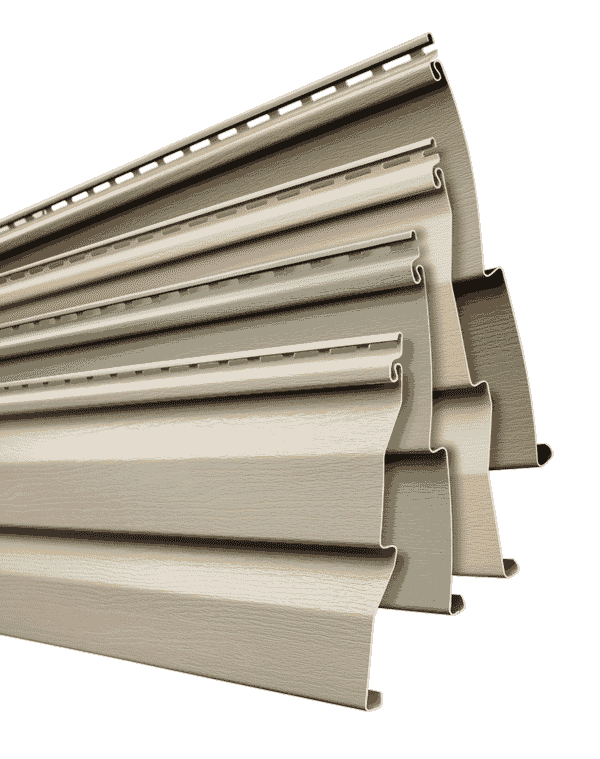You’re probably thinking it would take a miracle for the exterior of your house not to lose its paint. Whether you’re a handyman who does the work, or someone who takes on the hunt for a painter every few years, making the move to vinyl siding can put an end to that headache.
Not only does vinyl siding come with products that are guaranteed to last up to 15 years, but it doesn’t need much maintenance either pressure washings every now and then will make your house look as good as new.
Typically manufactured of Polyvinyl Chloride (PVC) resin, vinyl siding comes in a wide range of shapes, colors and textures. The one downside to shifting from regular painting to vinyl siding is the need for a long-term commitment to one color, so be sure to evaluate your options and select one you can live with for decades. One solution to this problem would be a version of vinyl siding that can be painted, but is more difficult to maintain, which is one of the reasons house painting is such a nuisance, so it makes the difference between regular painting and this type of vinyl siding rather insignificant.
As for textures, you can choose them depending on the type of material used for your house, whether it’s to match the wood grains or finishes like cedar or redwood or even brick. The styles normally used are either standard with pieces overlapping and forming visible seams, or seamless which pretty much resemble seamless guttering Depending on the style of your home you can decide upon either vertical or horizontal installation.
You will also want to consider the thickness of the siding, as that affects both how durable it is and the cost. The panels that you can normally find in home improvement centers are the standard type – 0.040- to 0.045-inch thick, and the premium type 0.055-inch thick. The premium grade sidings are mostly recommendable for houses in typically cold-weather areas or located in the vicinity of water. Other premium grades are insulated with a Styrofoam like substance. This helps to retain the shape, cuts noise as it adds more insulating power.
If you have the standard rectangle-shaped home with average-height walls, with some hard work you can install the siding on your own. Corners, window and door tracks, J-channel and other items will have to be installed, as well as the cutting and installation of the siding. Now, even if it’s cheaper this way, you should only do this if you have a lot of spare time on your hands.
To be far, I have to talk about the drawbacks of vinyl siding. It can be very brittle when it gets cold. Thinner less quality ones are more susceptible to hole, cracks and tears. Not all installers flash and chalk properly where needed. This leads to water penetrating to the backside and can creates issues. Vinyl is the most expanding and contracting siding material. Gaps will appear if not properly installed during colder temps. Hotter temps will cause ripples and possibly buckling. Will melt if you have your grill to close or anything else that generates a lot of heat.
If you have decided to enlist the services of a professional to do the installation, try not to get carried away if he presents you with an estimate that is lower than you expected. Be sure to get and check references, not just recent ones, but those they may have done several years ago. Try to get in touch with the owners of those houses and if possible pay them a visit to see how the siding on their homes is doing. You can’t have a long-lasting vinyl siding if it is not properly installed, and while you are trying to get away from the maintenance of exterior painting, if the job isn’t done right, you may have yet another problem on your hands.

